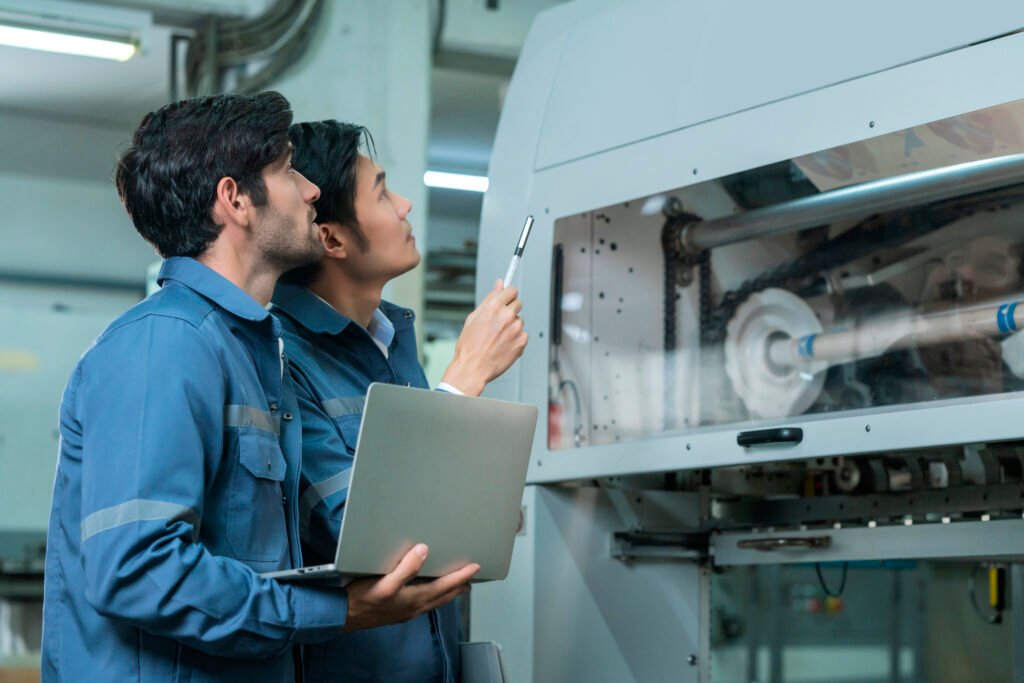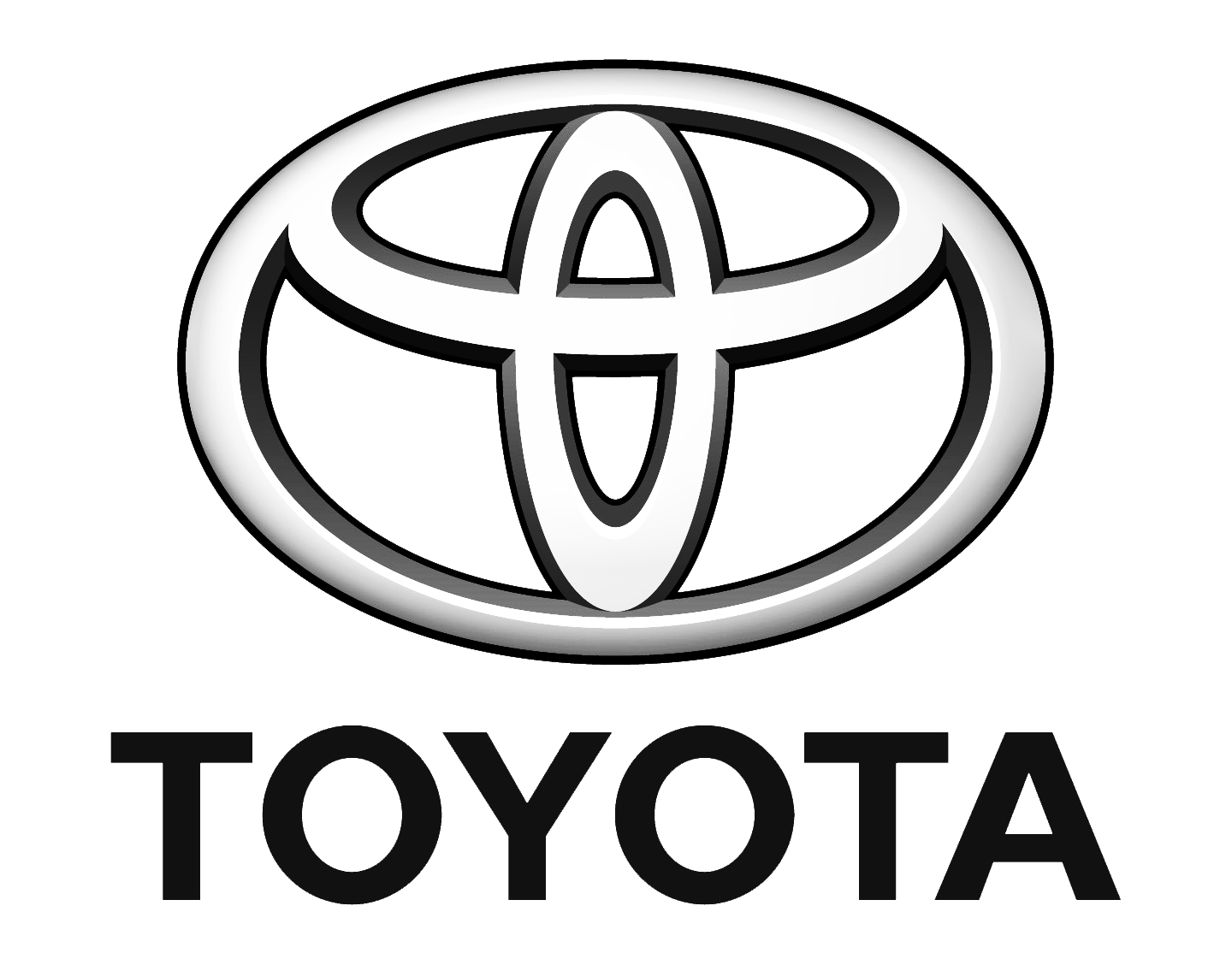Automotive &Mobilities
The automotive industry is essential to the global economy. The “Big Three” U.S. automakers, General Motors, Ford, and Chrysler (now called Stellantis), contribute significantly to the gross domestic product of many countries worldwide and are joined by other automakers headquartered outside the United States like Toyota, Volkswagen, and Hyundai. The industry is segmented into various sub-regions and markets, such as North America, Europe/Russia, and Asia.
This industry is comprised of various sectors, including production, sales, and marketing, and generates substantial global revenue. It demands significant resources from other supply chains, such as oil, steel, plastics, and rubber. Additionally, it plays a vital role in developing roads, fuel stations, and transportation systems, which contribute to growth in other regions. The automobile industry is evolving globally, with advancing technologies and newly designed eco-friendly vehicles leading the way.
When referring to industries in the United States, you must know how they are classified in the North American Industry Classification System (NAICS). NAICS is the standard used by Federal statistical agencies in classifying business establishments. The classification system collects, analyzes, and publishes statistical data related to the U.S. business economy. NAICS has 66 codes for automobiles; below are just a sample. To understand more about NAICS, explore Doing Industry Guide.

Be with Our Capacity, Insight, and Expertise
Lorem ipsum dolor sit amet, consectetur adipiscing elit. Ut elit tellus, luctus nec ullamcorper mattis, pulvinar dapibus leo.
Intelligence
We provide in-depth insights, quantitative forecasts, product plans, industry voices, key supplier profiles, OEM assessments, expert analysis and more on disruptive and game-changing technologies.
Outlook Conference: Mapping and Projection
We hold quarterly Outlook Conferences where you can hear the latest insight and forecasts directly from our leading experts and network with other key players in the automotive ecosystem.
Consulting
Our analysts and data colleagues can dive deeper into key areas of inquiry for your business, providing guidance and insight to fuel your business direction.
Data and Survey
Our data dates back more than 50 years. Our Data Query tool enables you to run your own customizable reports at any level of granularity. Our Market Trackers utilize our data to bring you visualizations, analysis and technology focused forecasts on key automotive topics.
Research & Marketing Strategies

In Fundamental Asia, we understand the goal of car manufacturers to appeal to customers’ emotions, safety concerns, performance expectations, and other needs to establish brand loyalty. The fast and extraordinary leap of automotive manufacturing direction hve been a global phenomena, enabled by the communication, computer, information and technolgoy, and the battery innovation.
The current stage put most of the car manufacturer at the start line once again. The ‘new brand’ are strughling to represent its new value, reliability and quality to meet the newly defined customers’ satisfaction. Manufacturers use unique values on ‘green energy’, sustainable value chain, new logos, new symbols, completely new designs, and new ecosystem to stand out from competitors. Understanding these distinctions is vital in making informed decisions when purchasing a car.
The automobile industry uses various marketing tools to capture the interest of potential customers. These tools include television commercials, print ads (newspapers, magazines), digital marketing platforms (social media, email), trade journals, and celebrity endorsements to increase brand awareness. These marketing platforms are also used to promote the newest automobile models, discounts, and promotions. If you want to learn more about marketing, we have a research guide on the Marketing Industry that you can explore.
Our Core Expertise
- Core 1: Advance Propulsion
- Core 2: ADAS
- Core 3: Complex 3D Map and Software - Define Vehicle
- Core 4: Digital and Power Ecosystem
- Core 5: Battery Innovation
- Core 6: Risk Shifting and Distribution
- Core 7: Parts and Supplies
- Core 8: Electric Vehicle
- Core 9: Hydrogen Economy
Our Latest Thinking on Automotive and Mobilities
Meet Our Experienced Industry Expert

Jaime Ruiz-Cabrero
Managing Director & Senior Partner
- Email:info@example.com

Jaime Ruiz-Cabrero
Managing Director & Senior Partner
- Email:info@example.com

Jaime Ruiz-Cabrero
Managing Director & Senior Partner
- Email:info@example.com

Jaime Ruiz-Cabrero
Managing Director & Senior Partner
- Email:info@example.com
Our Partner Success

PLN Indonesia
Mike Boots, executive vice president of Breakthrough Energy, discusses the importance of supporting climate tech companies through every stage of the innovation cycle.

Mitsubishi
Mike Boots, executive vice president of Breakthrough Energy, discusses the importance of supporting climate tech companies through every stage of the innovation cycle.

Toyota
Mike Boots, executive vice president of Breakthrough Energy, discusses the importance of supporting climate tech companies through every stage of the innovation cycle.
Collaboration With Us
Don’t hesitate to contact us using the provided contact information below. We look forward to hearing from you soon!
